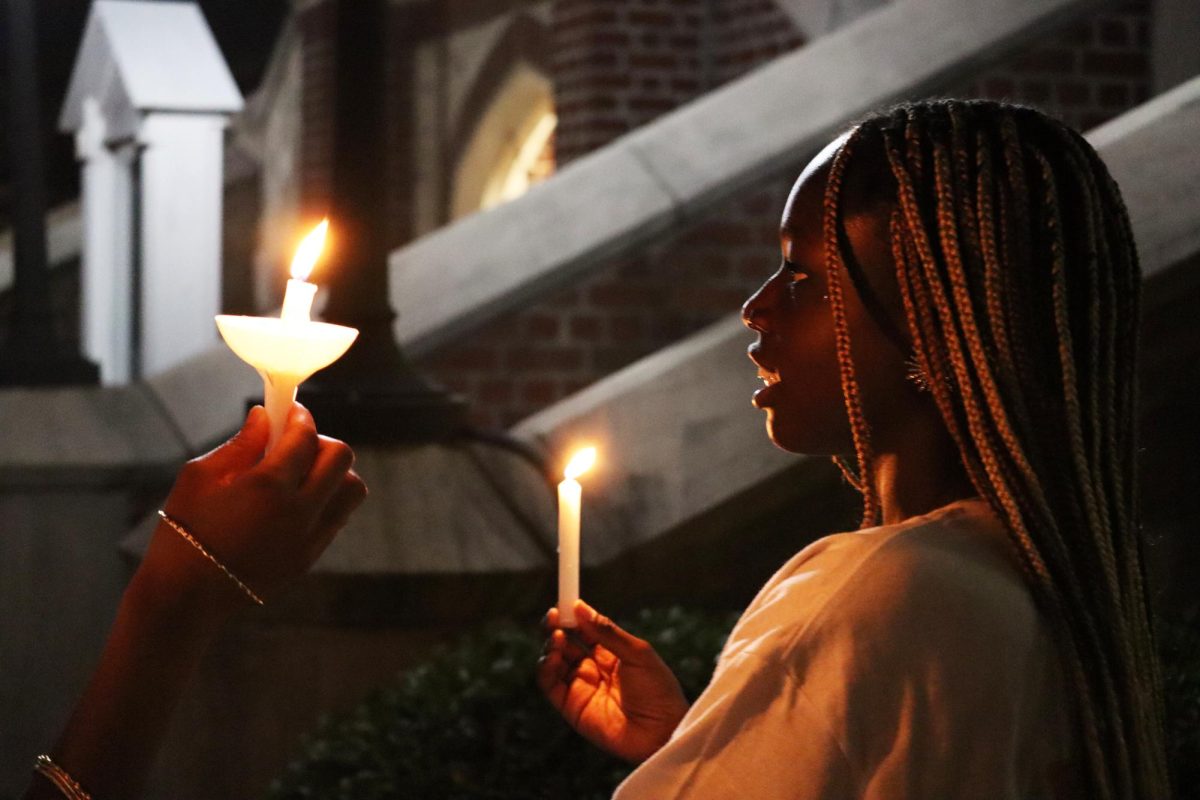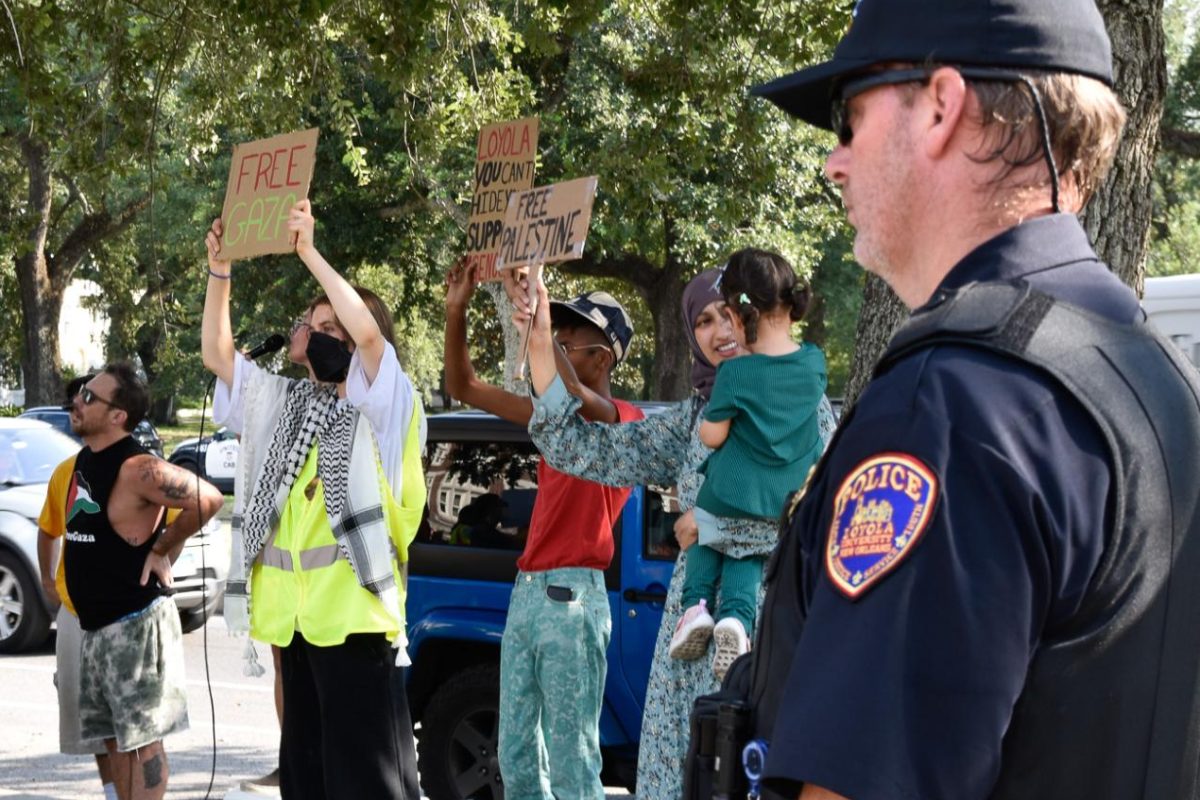New Orleans is less than three months away from Hurricane Season 2007 and the Gulf is knocking at our door. As The Times-Picayune warned last week, we have about 10 years, according to some environmental experts, to save Louisiana’s coast before the damage we’ve wrought can’t be undone.
The restoration of Louisiana’s cypress forests is essential to that effort. These forests are like levees on steroids. Storm surge hits a cypress forest and has to filter through acres of tree-trunks before it reaches us. Formidable water walls get reduced to paltry little waves by the time they’re close enough to be a threat.
Plus there’s the added bonus that cypress, unlike levees, can actually stand up to hurricanes. Nature has clearly bested the Army Corps of Engineers on this one. Aerial photos of post-Katrina forest show trees like oak and ash lying on the ground, while cypress stands still stand tall.
Cypress forests also protect the habitat of a whole slew of native animals. These species may not be cute and fuzzy, but they’re important because they help maintain the balance of our local ecosystems.
This ecological concern may make it sound like the coastal problem is just the fear-mongering of a bunch of liberal, tree-hugging enviro-nuts.
It’s not.
Restoring cypress forests is not a liberal concern. It’s not a conservative concern. It’s humanity’s concern. If Louisiana doesn’t take big steps to restore our coast soon, both liberals and conservatives are going to get mauled by Katrina, Part II.
Yet even as this danger looms larger and larger, cypress forests are being cut down for the ignoble purpose of making really good mulch. One of New Orleans’ best opportunities for survival is sitting, useless, on shelves at Wal-Mart, Home Depot and Lowe’s.
As the forests are cut, Gulf water creeps into the old swampland. Fresh water turns to salt water, and just like that, the land can’t support new cypress growth. We’re backing ourselves into a corner-up against Lake Pontchartrain, really -with no way out.
Except it’s worse than that. The problem has already gotten north of us. Cypress trees are dying on Interstate 55 heading up to Hammond. The threat has arrived.
As students privileged enough to be getting an advanced education, it’s our duty to be the front-runners in intelligent environmentalism. Get the word out. Spread truth and get people to want to do something about our vanishing coastline.
Tree-hugging is not a necessary prerequisite.







